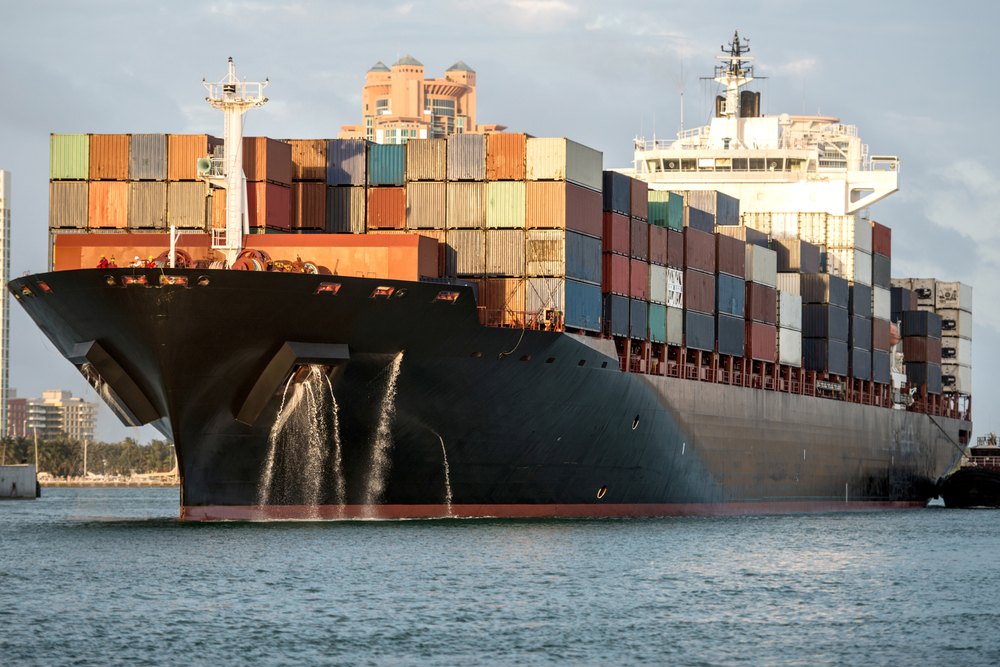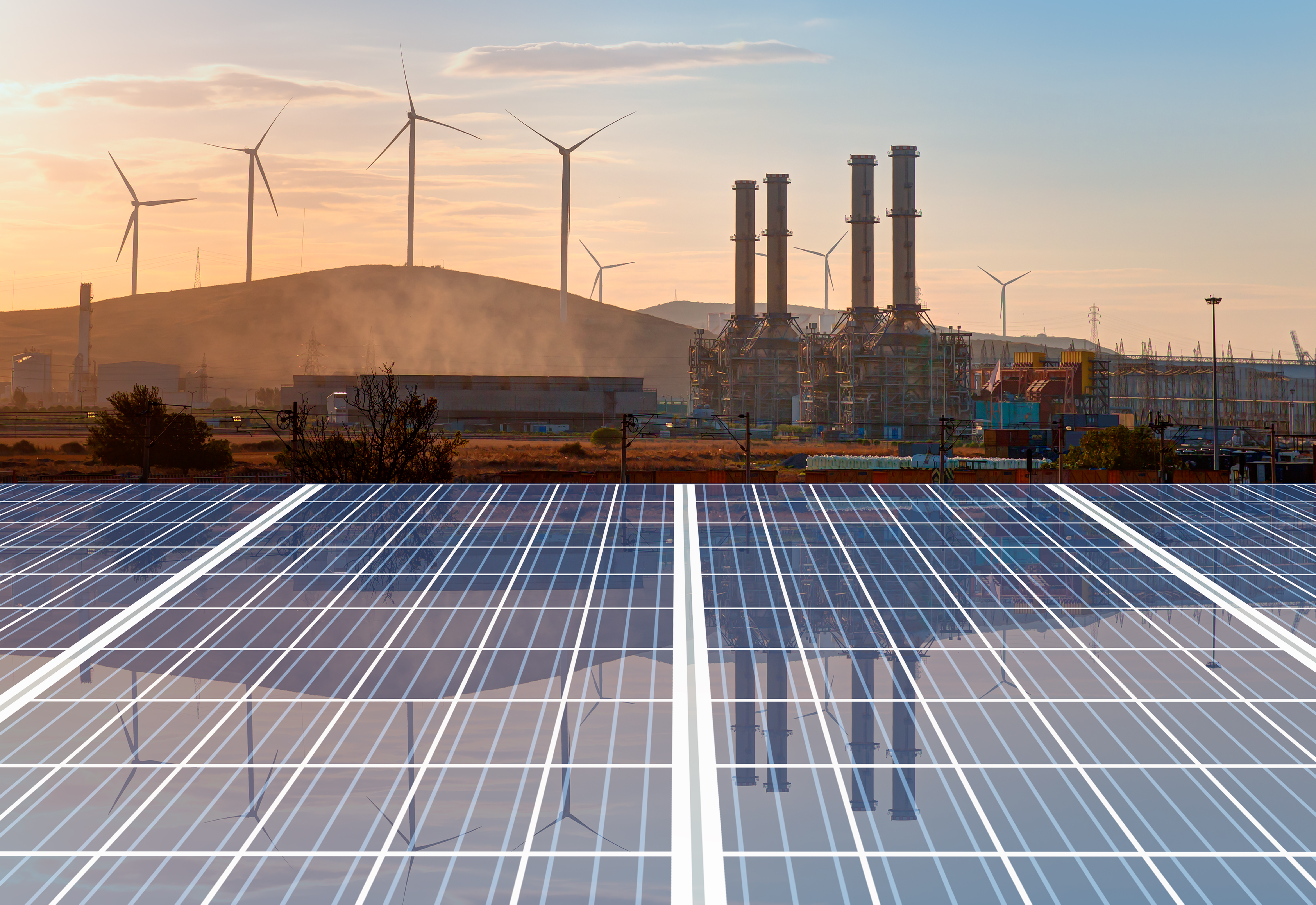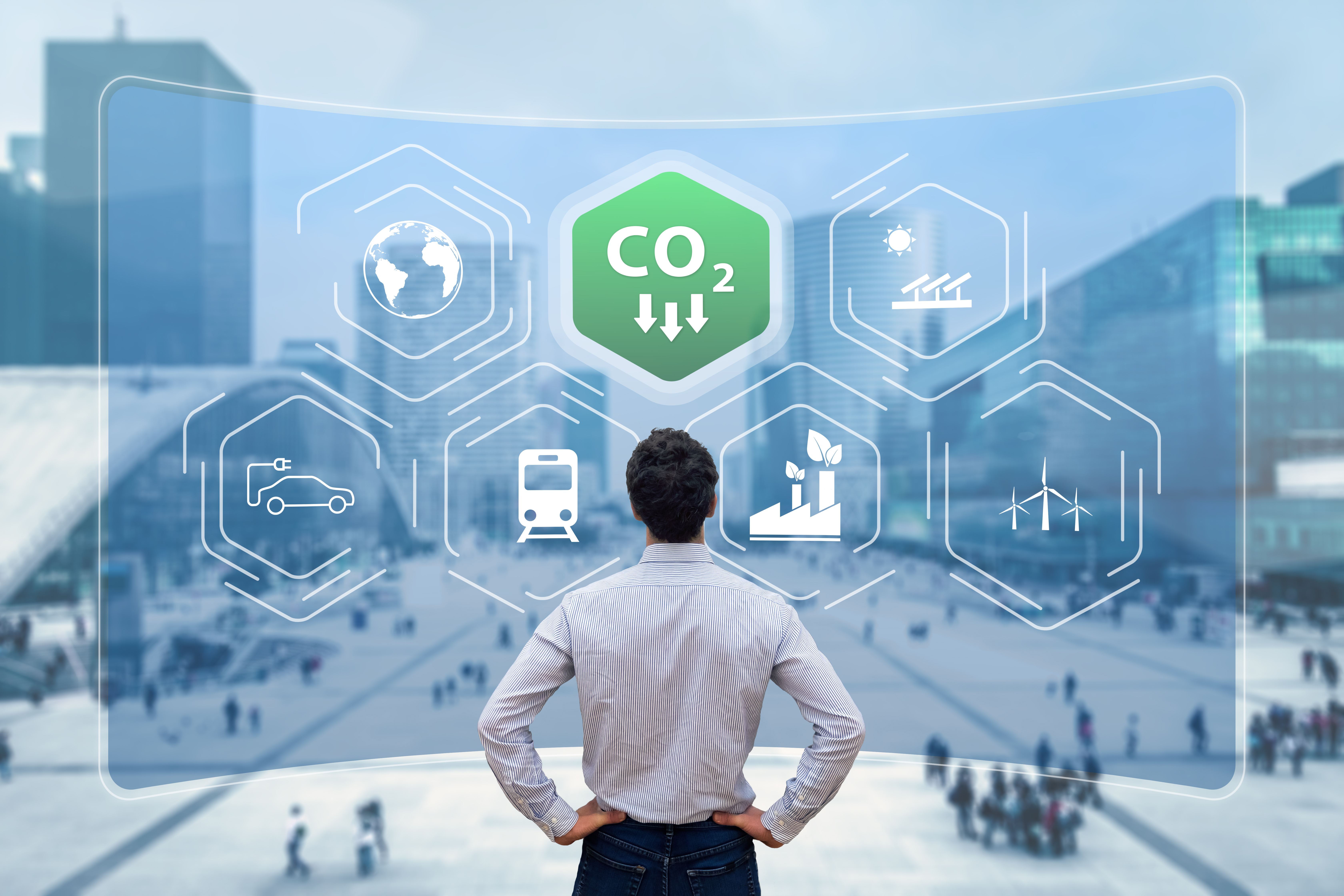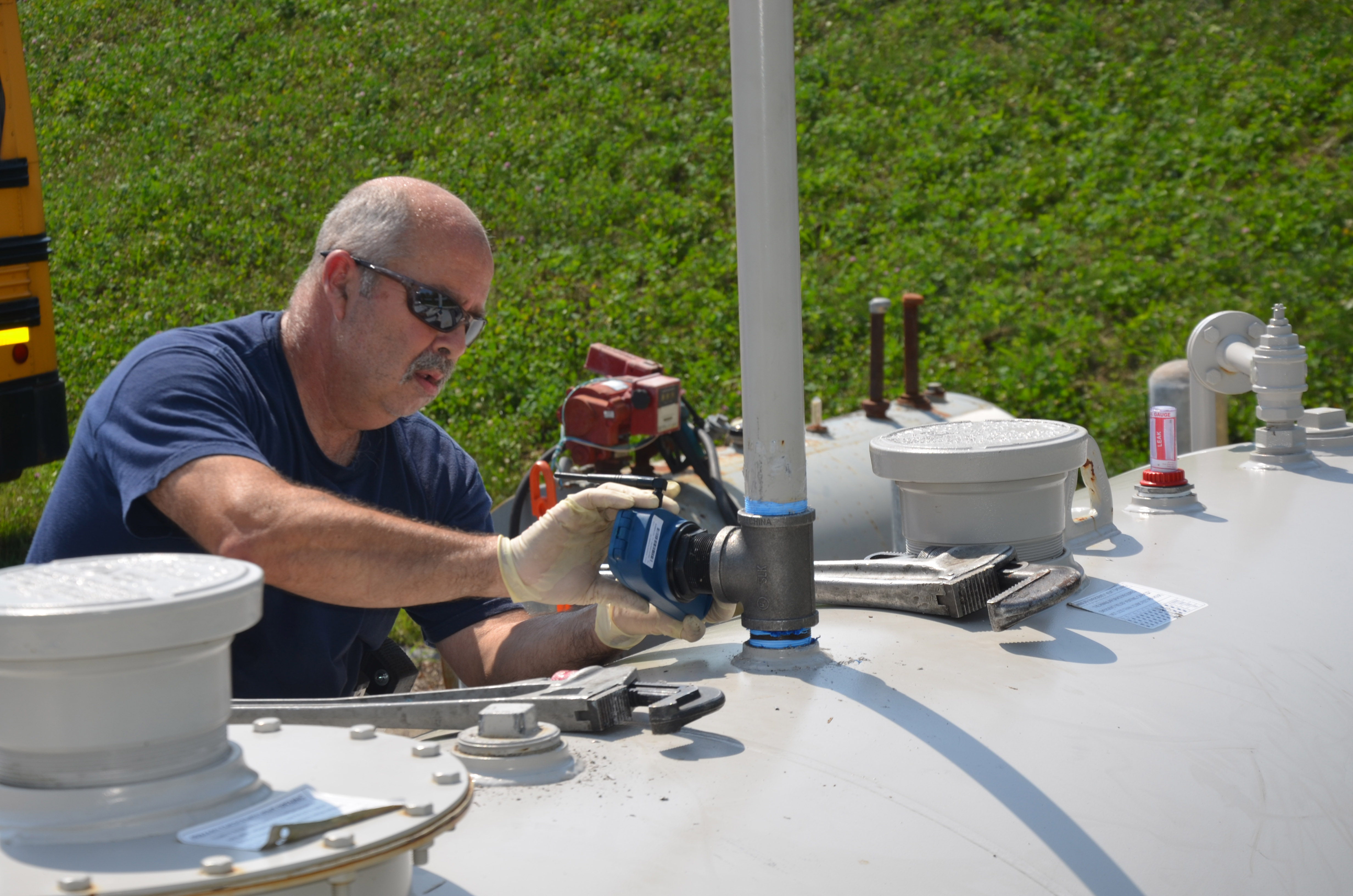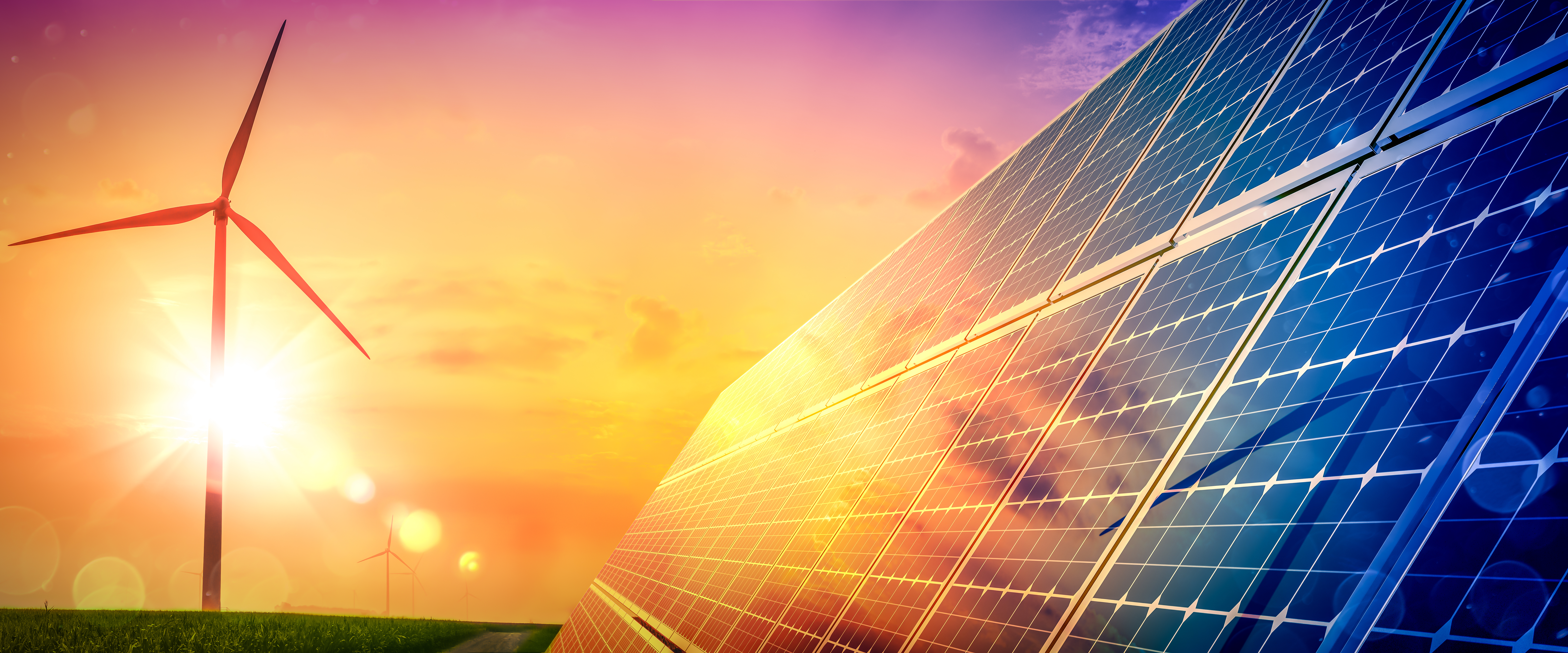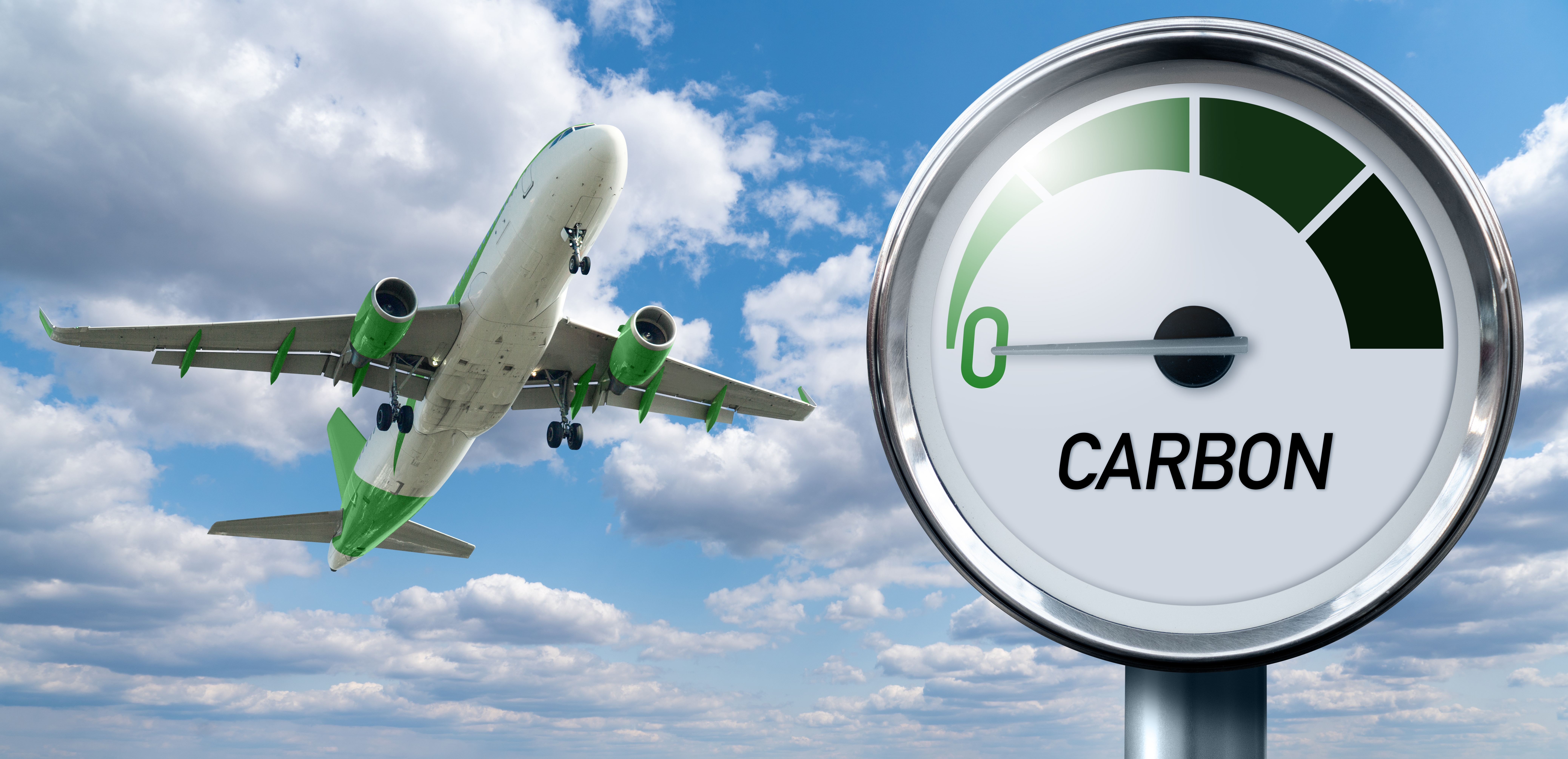The International Maritime Organization (IMO) is meeting in Brussels this month, and one of the main topics of discussion is a proposed charge on the international shipping sector’s greenhouse gas emissions. Backers of the proposed carbon levy include the European Union, Japan, Canada, and multiple Pacific Island nations who are low lying and especially vulnerable to climate impacts.
ESG & Industry Updates
IMO Part Deux: International Maritime Emissions in Focus in Brussels
Posted by Kelly Burke on Mar 18, 2024 11:44:47 AM
Topics: Carbon Emissions, IMO 2020, decarbonization
The UN’s Climate Change Conference, or “COP28” Summit was held from November 30 through December 13th in Dubai, UAE. The Conference consisted of 150 heads of State and Government and 85,000 participants representing countries, organizations, etc. This year’s summit focused on where the world is in relation to the goals initially outlined in the Paris Agreement (forget what that is? Refresher here: LINK). Spoiler alert – the world is nowhere near achieving the goals outlined, and the focus became how the countries involved can speed up their action on climate change mitigation through multiple avenues.
Topics: methane, Climate Change, Carbon Emissions, renewable energy, paris accord
As we have been discussing, the US National Blueprint for Transportation Decarbonization breaks the Transportation sector into seven categories, each of which has its own targets for emission reduction/elimination, and strategies for how those declines in emissions will be achieved. The next category addressed in the Blueprint is pipelines.
Topics: methane, Carbon Emissions, Biden Administration, decarbonization, pipeline
Tank Monitoring Takes the Headache out of Fuel Management
Posted by Kelly Burke on Oct 30, 2023 7:45:00 AM
Tank monitors are one of the best ways to simplify all the parts of your operation that rely on fuel, DEF, or bulk lubricants. With monitors, you eliminate runouts and streamline the ordering process. You can also maximize deliveries, which allows fewer interruptions to your business.
Topics: Oil & Energy Magazine, remote tank monitoring, fuel management
In another move forward against Climate Change, Massachusetts will be home to the United States' first utility-scale offshore wind project. Vineyard Wind, about 35 miles off the Mass coast, will produce up to 800 megawatts of electricity, powering 400,000 homes and businesses across the Commonwealth, dropping carbon emissions by up to 1.6 million tons per year.
Topics: Oil & Energy Magazine, Massachusetts, offshore wind, decarbonization
Transportation DeCarbonization: Aviation Policy & Regulations
Posted by Kelly Burke on Sep 26, 2023 7:15:00 AM
As we have been discussing, the US National Blueprint for Transportation Decarbonization breaks the Transportation sector into seven categories, each of which has its own targets for emission reduction/elimination, and strategies for how those declines in emissions will be achieved. The next category address in the Blueprint is Aviation.
Topics: Climate Change, Biden Administration, decarbonization
First Utility Scale Geothermal Network Launches Right Here in MA
Posted by Kelly Burke on Jul 6, 2023 10:36:46 AM
This June, Eversource broke ground on a new pilot program for Geothermal energy in Framingham, Massachusetts. This is the first utility scale networked geothermal network in the country, so it’s pretty exciting stuff.
Topics: Massachusetts, geothermal, pilot program, eversource
As we have been discussing, the US National Blueprint for Transportation Decarbonization breaks the Transportation sector into seven categories, each of which has its own targets for emission reduction/elimination, and strategies for how those declines in emissions will be achieved. The next category addressed in the Blueprint by emissions % is the Maritime Sector.
Topics: Marinas, Emissions, Biden Administration, Carbon Capture, decarbonization
Independent research organization Climate Central published a report recently that showed how the national capacity for solar and wind generated power shot up in 2022. The report comes just as the Biden Administration begins rolling out billions of dollars to renewable energy projects as part of its commitment to decarbonizing the grid completely by 2030 and getting the US to net zero emission by 2050.
Topics: Solar, Carbon Emissions, renewable energy, Biden Administration, offshore wind, decarbonization
Topics: EPA, Carbon Emissions, railcar regulations, renewable energy, Biden Administration, decarbonization
Subscribe to Email Updates
Recent Posts
Posts by Topic
- Carbon Emissions (32)
- Climate Change (27)
- Oil & Energy Magazine (24)
- renewable energy (24)
- EPA (19)
- Biden Administration (14)
- Massachusetts (14)
- decarbonization (12)
- EPA Mandate (11)
- RFS (11)
- natural gas (11)
- Keystone XL (10)
- Solar (10)
- Biodiesel (9)
- Biofuels (9)
- Clean Energy (8)
- Energy Independence (8)
- methane (8)
- Energy Infrastructure (7)
- Ethanol (7)
- Safety (7)
- Cellulosic Ethanol (6)
- Emissions (6)
- RINs (6)
- Fracking (5)
- US Crude Exports (5)
- electric vehicles (5)
- maine (5)
- offshore wind (5)
- Biodiesel Tax Credit (4)
- EV Charger (4)
- Mass DOER (4)
- Technology (4)
- TransCanada (4)
- Utility Rates (4)
- massachusetts biodiesel mandate (4)
- obama (4)
- CRUDE (3)
- E85 (3)
- Emergency Fuel (3)
- Massachusetts Clean Cities (3)
- Waste Feedstock Biodiesel (3)
- clean power plan (3)
- environmental justice (3)
- ev (3)
- paris accord (3)
- remote tank monitoring (3)
- tesla (3)
- AVs (2)
- Bioheat (2)
- Carbon Capture (2)
- Commodities (2)
- Congress (2)
- Customer Service (2)
- DOT (2)
- EIA (2)
- Emergency Generator Program (2)
- Hurricane Sandy (2)
- IMO 2020 (2)
- MIT (2)
- Marinas (2)
- New York (2)
- Refinery Closures (2)
- TCI (2)
- US Energy Boom (2)
- autonomous vehicles (2)
- battery (2)
- china (2)
- coal (2)
- driver shortage (2)
- emergency response (2)
- environment (2)
- ferc (2)
- fuel management (2)
- geothermal (2)
- hydro-electric (2)
- hydrogen (2)
- national grid (2)
- net metering (2)
- power plant emissions (2)
- railcar regulations (2)
- API (1)
- Air conditioning (1)
- Baiji Refinery (1)
- Blend Wall (1)
- Brent Crude (1)
- Brent vs WTI (1)
- CFCs (1)
- Cell Phone Policy (1)
- Election Results (1)
- Energy Efficiency (1)
- Environmental Impact Study (1)
- Environmentally Friendly Products (1)
- Ethanol Tax Credit (1)
- FEMA (1)
- Fiscal Cliff (1)
- Gas Tax (1)
- Gasoline Supply Crunch (1)
- HFCs (1)
- Hazmat (1)
- Heat Tax (1)
- Highway Trust Fund (1)
- Holyoke (1)
- Hybrid (1)
- ISIS (1)
- Inflation Reduction Act (1)
- Iraq (1)
- Kigali Amendment (1)
- MOC (1)
- Market analysis (1)
- Mayflower (1)
- Montreal Protocol (1)
- NORA (1)
- Natural Gas Pipeline Explosion (1)
- New Jersey (1)
- Oil Barrel Tax (1)
- Pegasus Pipeline (1)
- Propane Autogas (1)
- Safe Driving Policy (1)
- Stimulus (1)
- Syria (1)
- Tank Truck Safety Training (1)
- Tax Increases (1)
- Tier 3 Gasoline Standard (1)
- Times Square (1)
- VEEP (1)
- Workplace Risk (1)
- algonquin pipeline (1)
- alternative energy (1)
- altwheels (1)
- astm (1)
- bionic leaf (1)
- bitcoin (1)
- boston (1)
- clean air act (1)
- covid-19 (1)
- electricity rates (1)
- energy storage (1)
- eversource (1)
- export ban (1)
- fuel efficiency (1)
- fuel marketers news (1)
- gas leaks (1)
- heating oil (1)
- hurricane harvey (1)
- inflation (1)
- irving oil (1)
- marketing (1)
- net-zero (1)
- ozone (1)
- photovoltaic (1)
- pilot program (1)
- pipeline (1)
- propane (1)
- renewable natural gas (1)
- russia (1)
- sanctions (1)
- senate (1)
- shale (1)
- social media (1)
- social media for business (1)
- solid state battery (1)
- space (1)
- tablets (1)
- tennessee pipeline (1)
- ukraine, (1)
- value added services (1)

